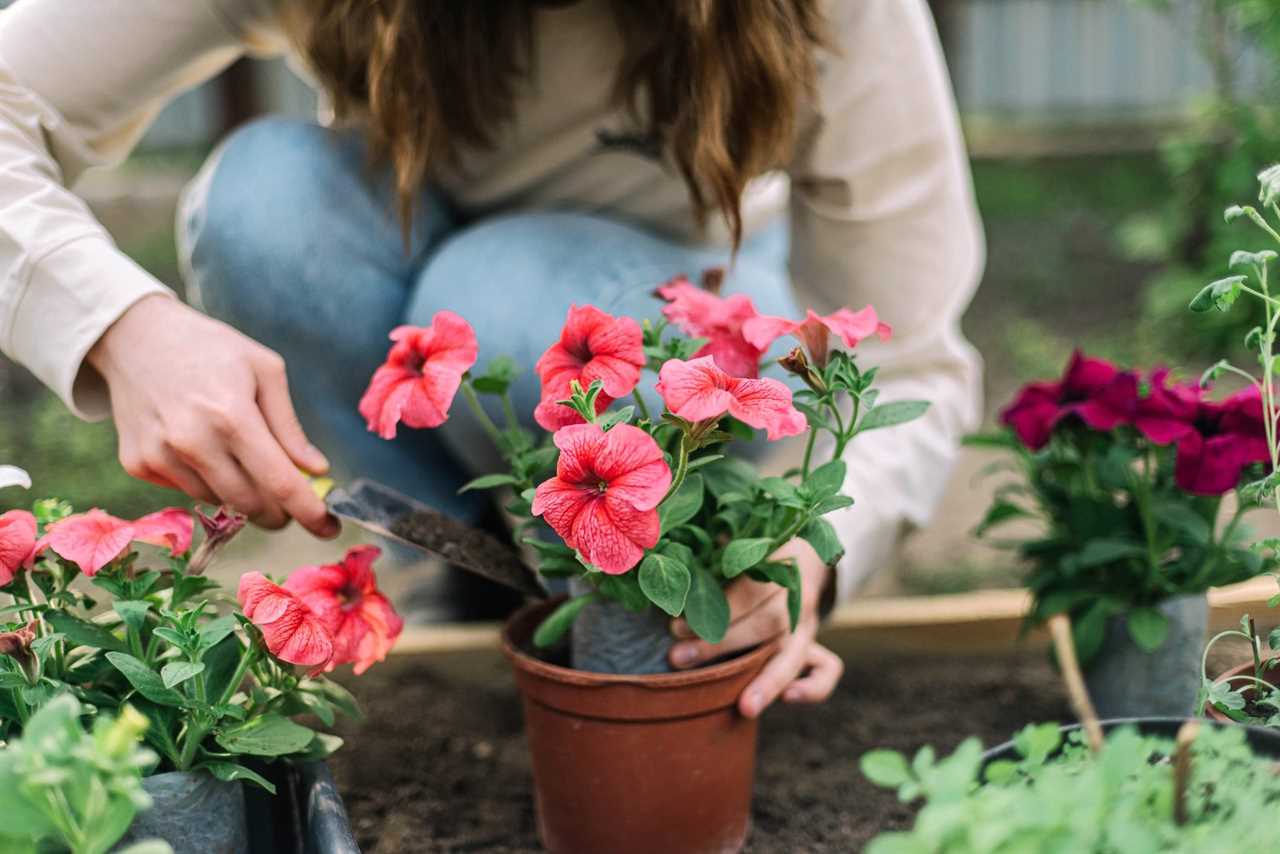I’ve grown petunias long enough to remember the excitement when the first Wave-type varieties came on the market. Everyone wanted them because they grew such long stems!
Now it seems every year there are new varieties of petunias available, in all colors, with all kinds of markings. With so many intriguing choices, it’s hard to decide which ones to grow!
Are Petunias Perennials?
Petunias are tender perennials, but are mostly grown as annuals because they don’t tolerate temperatures below about 40 degrees.
If you live in a U.S. Department of Agriculture Plant Hardiness Zone that never freezes, like Zones 10 or 11, you can grow petunias as short-lived perennials. They’ll last a couple of years. But most of us grow petunias as annuals, and most of the varieties we buy are hybrids.
Types of Petunias to Plant
Thanks to the hard work of plant breeders, many types and colors of petunias are available today. To decide which type you want to plant, go see them in bloom in spring at your local garden center and pick the ones you like. But check the tag. See if it’s a petunia with shorter stems, or one of the many Wave-type petunias with stems so long they’re almost like a ground cover.
A few standout varieties, all grown as annuals, include:
- Frost Series: These are beautifully edged in white, helping the colors of the flowers stand out.
- Wave Series: These feature stems up to four feet long, and come in shades of pink and purple.
- Double Cascade Series: As the name suggests, these have bigger, double flowers.
- Dream Series: If you’re looking for classic petunias, that’s the Dream Series, with single flowers on smaller plants.
- Daddy Series: The flowers in this series feature heavier veining, which darkens toward the center of each flower.
When To Plant Petunias
If you’re growing petunias as annuals, plant them in spring once all danger of frost has past. If you live in an area with particularly hot summers, which many petunias aren’t fond of, you can also plant new ones in late summer or early fall. They’ll flower until the first frost.
If growing petunias as perennials, spring or fall planting is best to give them time to become established when it isn’t too hot.
How To Plant Petunias

Whether you purchase plants or grow them from seed, all petunias grow best in full sun and well-drained soil.
Purchased plants
Plant these in the ground after the last frost date. Remove weeds and add some organic matter if it’s hard to dig.
From seeds
Petunia seeds are tiny and often sold as pelleted, i.e. coated with a water-soluble coating to make them bigger and easier to handle. Start them indoors about 10 to 12 weeks before your predicted last frost date.
- Scatter and barely cover seeds in a shallow container filled with a seed starting soil mix. Put on a clear plastic cover to keep soil from drying out and place under a grow light.
- Transplant seedlings to their own small pots once they’ve grown two sets of true leaves. Keep them under grow lights.
- Harden off seedlings before planting them outside after all danger of frost has past.
Caring for Petunias
Petunias are considered low-maintenance flowers. They don’t require much effort to keep blooming all summer long.
Watering
Petunias, like most annuals, benefit from regular watering. If planted in containers, you may need to water them daily. Avoid wetting the foliage because petunias are susceptible to several fungal diseases.
Fertilizer
In containers especially, petunias grow better if fertilized regularly. Use a water-soluble fertilizer and follow instructions on the package for how to mix with water and how often to apply. If growing in the ground, fertilize if foliage begins to look pale and yellow.
Pruning
Most petunia varieties available today are considered self-cleaning. They don’t need to be deadheaded to keep blooming. However, some petunias may get a bit leggy by mid-summer and have fewer flowers.
To re-energize your petunias, give them a haircut by trimming off long stems. The plant should respond with new growth and more flowers.
Overwintering
We don’t usually try to overwinter petunias. But if you live in Zones 10 or 11, your petunias will continue to grow through winter as long as they aren’t nipped by frost.
How Long Do Petunias Last?
Petunias should last from last frost to first frost if you keep them watered, fertilize them regularly and occasionally give them a good haircut to encourage new growth.
Did you miss our previous article...
https://rsssuperfeeds.com/life-hacks/you-have-cabbage-worms-cabbage-worms






